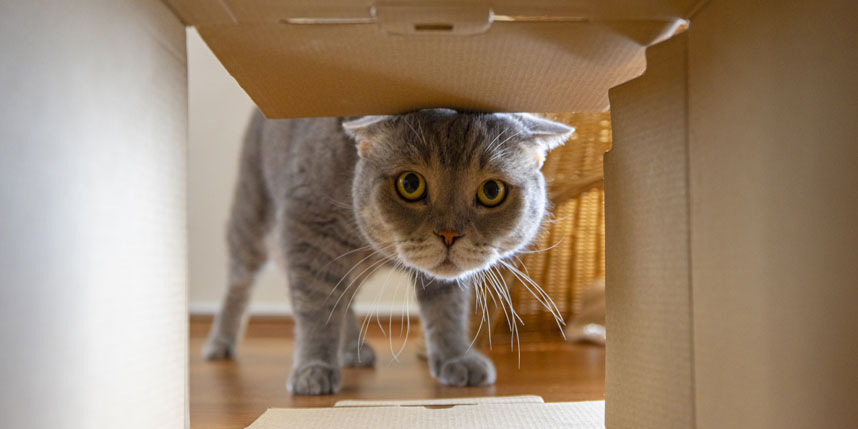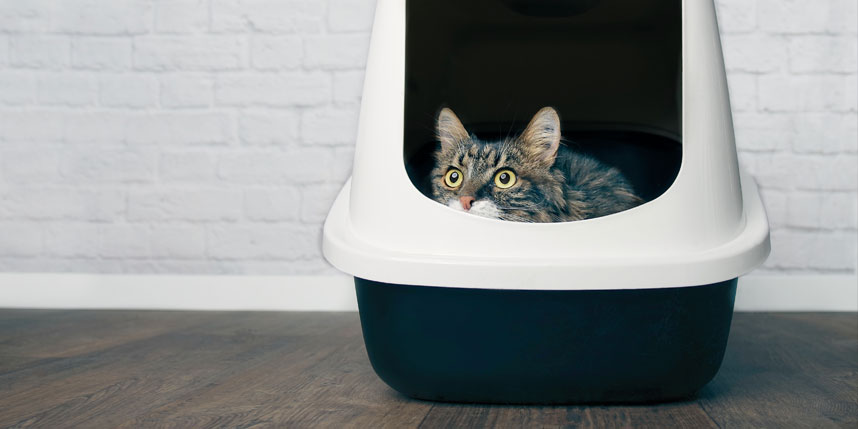THE CURIOUS TALE OF CATS AND BOXES
The curious tales of cats and boxes — including five reasons for this cardboard love affair backed by science.
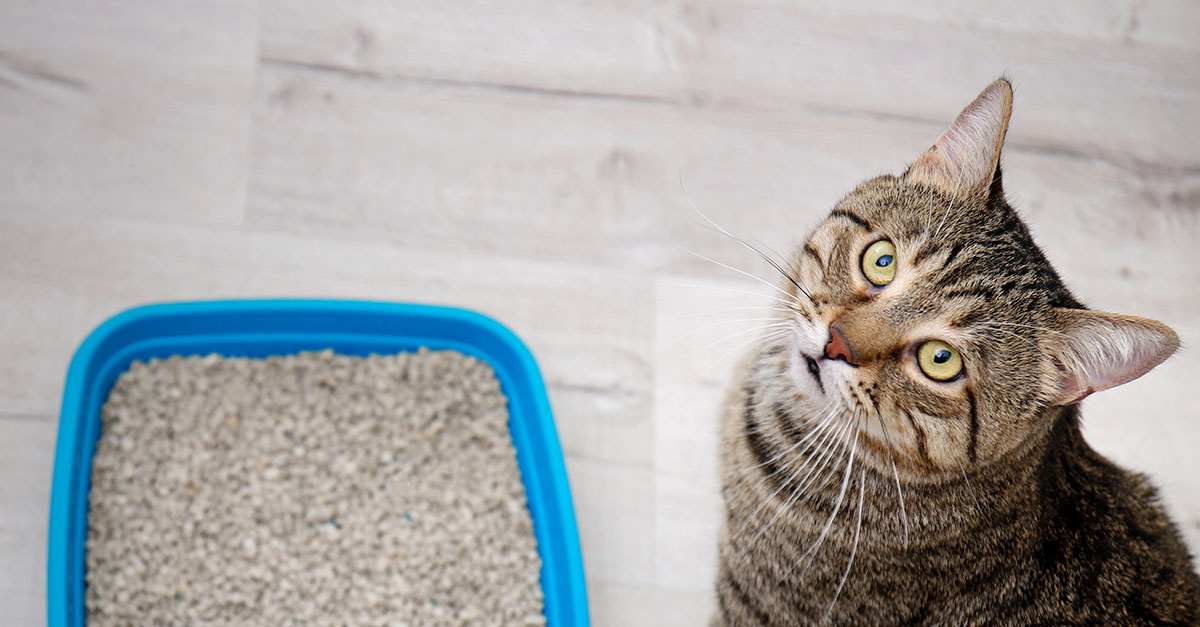
The Top 6 Cat Litter Challenges and How to Address Them
Cat parenthood comes with a lot of love and excitement, but also with a lot of responsibility. As the caretaker for a living being, you’re responsible for choosing the best products for their health and wellbeing, as well as for your own convenience.
Cat litter can be one of the most difficult products to commit to and the wrong formula can affect both your home or even your health in some cases. We polled thousands of cat parents about the biggest challenges they’ve faced finding the right cat litter to fit their needs, and the results may surprise you.
The Top 6 Cat Litter Challenges & Solutions:
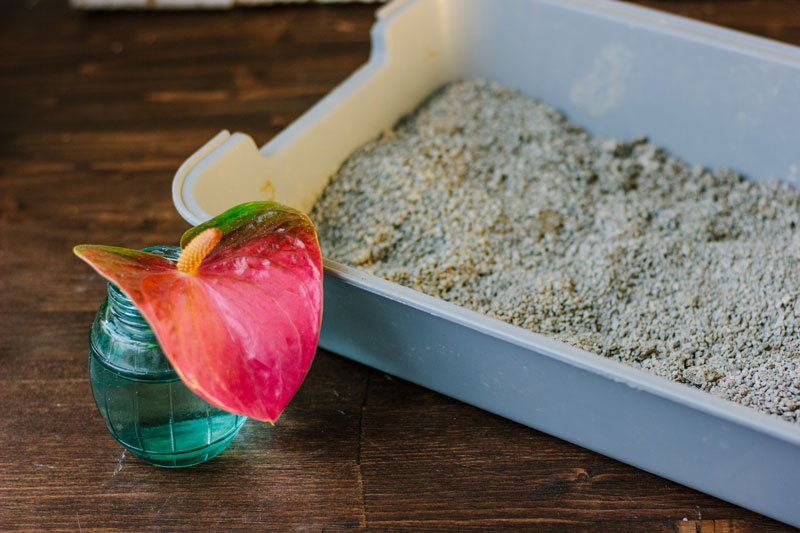
1. Odor Control
What’s the #1 concern of cat parents? Making sure their cat litter box doesn’t smell. After all, no one wants to be known for having the home that smells like a litter box. By opting for a litter that clumps quickly on contact to trap odor, you can help ensure that never happens.
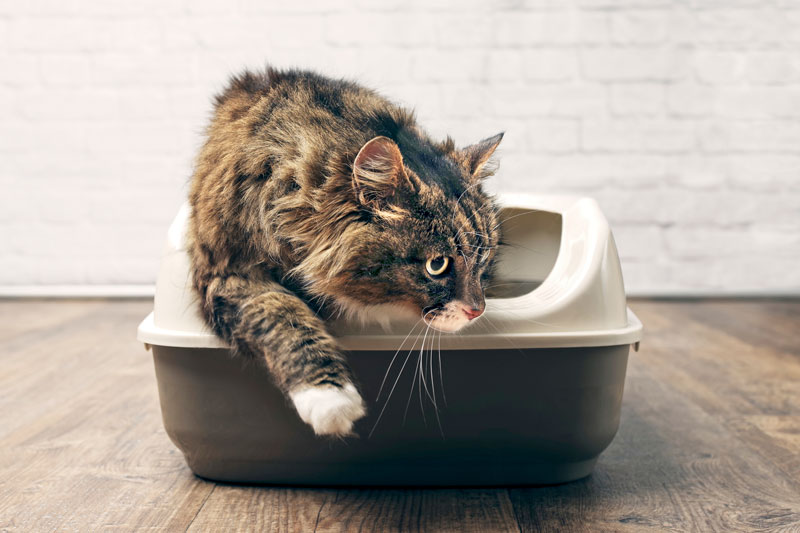
2. Tracking
Next up on the list is litter tracking, because cat litter should stay in the box where it belongs, not get dragged around your house. Lightweight litters sometimes track more but trimming the fur on your cat’s paws and investing in a quality litter mat can help to keep tracking under control.
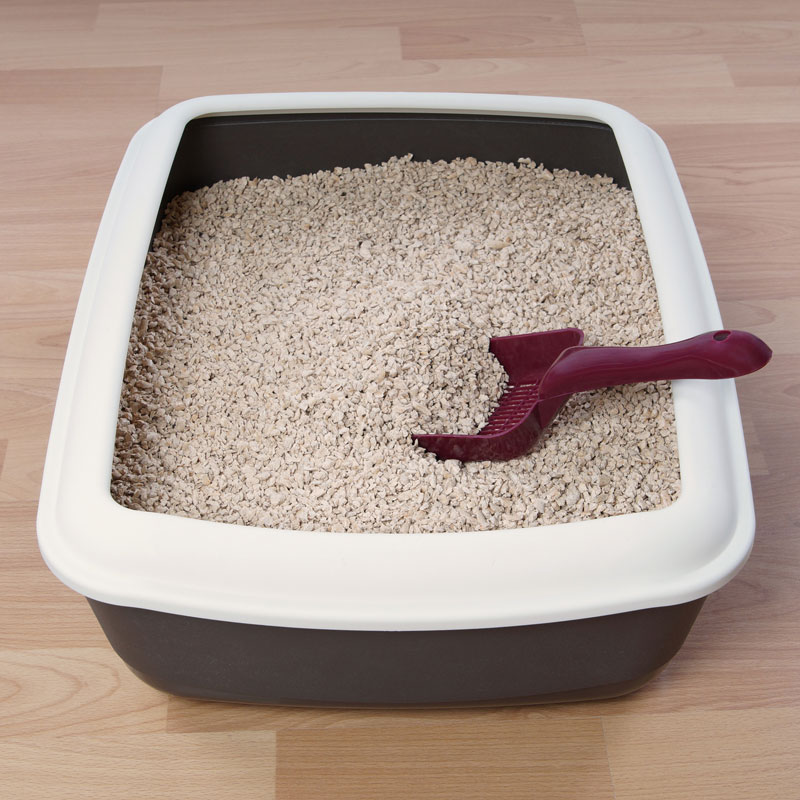
3. Clumping
No one wants a litter that crumbles when you clean the box, which is what makes clumping the third top concern for cat parents when looking for a litter. Clay litters often use additives like bentonite (which is strip mined) to make their litter clump, while corn-based litters clump naturally on contact.

4. Dust
Worried about breathing in potentially harmful chemicals like silica dust? You’re not alone. Cat parents want litters without the clouds of dust. Natural formulas already tend to be less dusty than clay and can help to reduce allergies in both cats and humans.
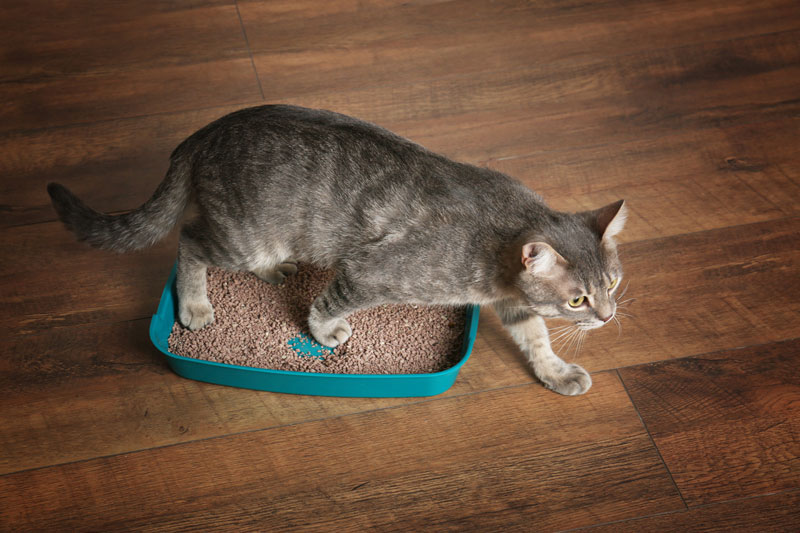
5. Cost
Budget is always a key factor when searching for the right litter. While synthetic litters are often cheaper off the bat, the litter box typically needs to be dumped and refilled more often than with natural litters resulting in higher costs over time.
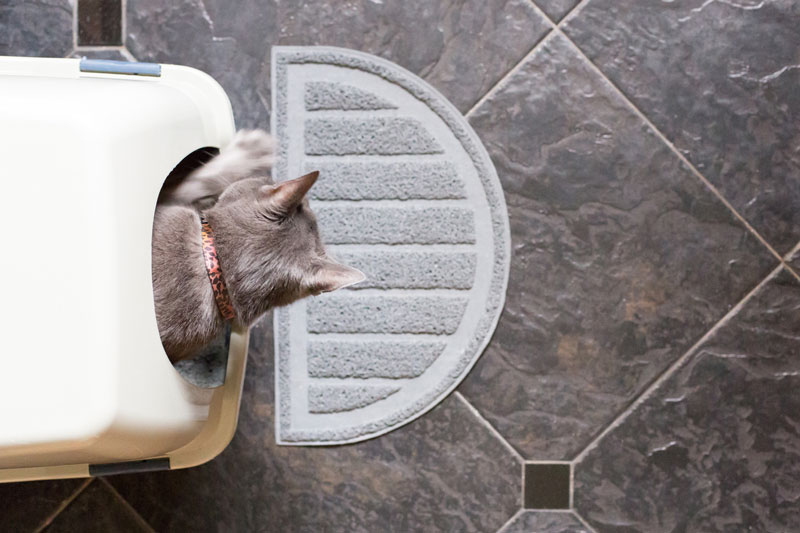
6. Weight
Last on the list of priorities cat parents search for in an ideal litter is the weight. Lugging exceptionally heavy bags, boxes and jugs is not ideal for many cat owners. Formulas that are naturally lightweight, like those made from corn, help to ease the stress of litter transport.
The right litter can help prevent litter aversion, keep your house smelling fresh and make cleanup a breeze. If you’re thinking of making the switch to a natural litter, here’s what you should know.
Do these challenges match up with your experience as a cat parent? Let us know in the comments!

